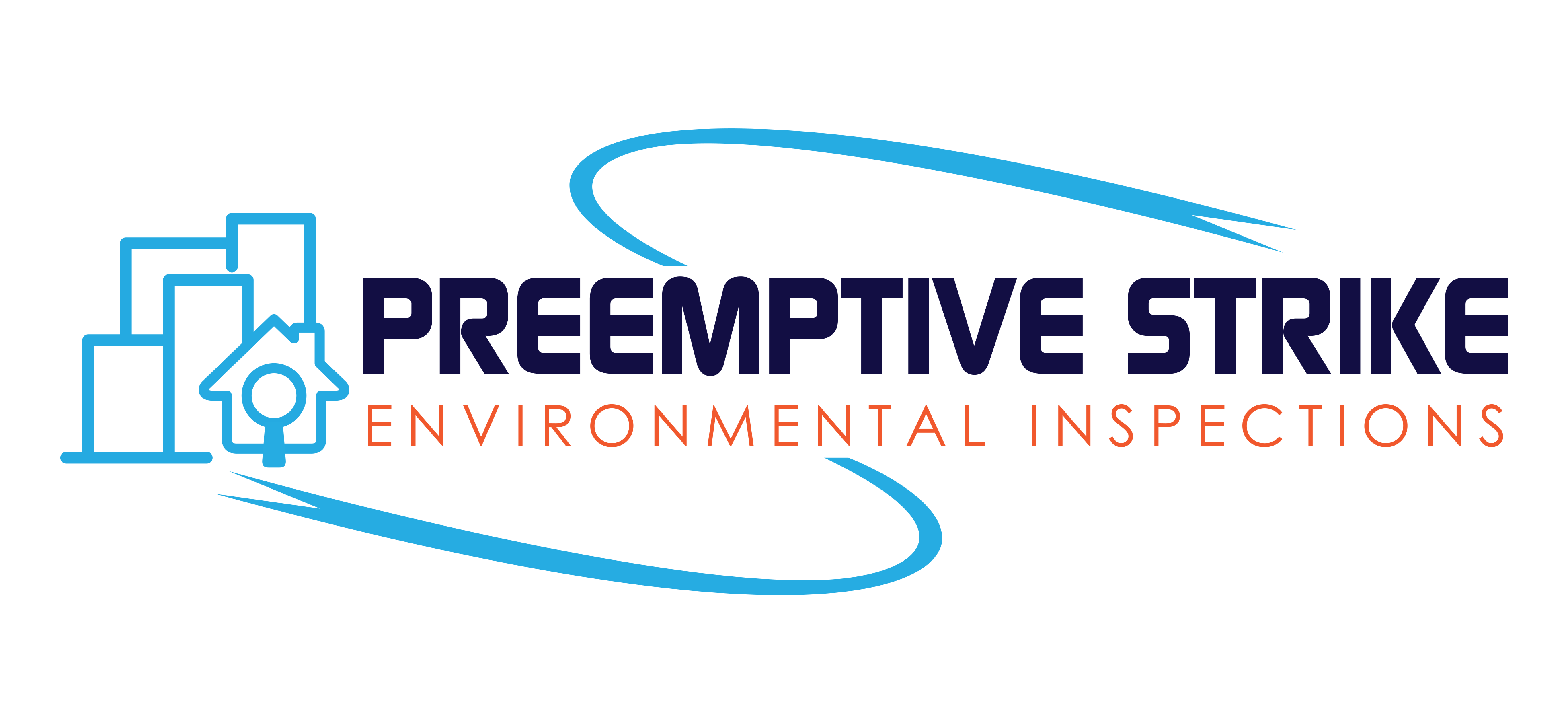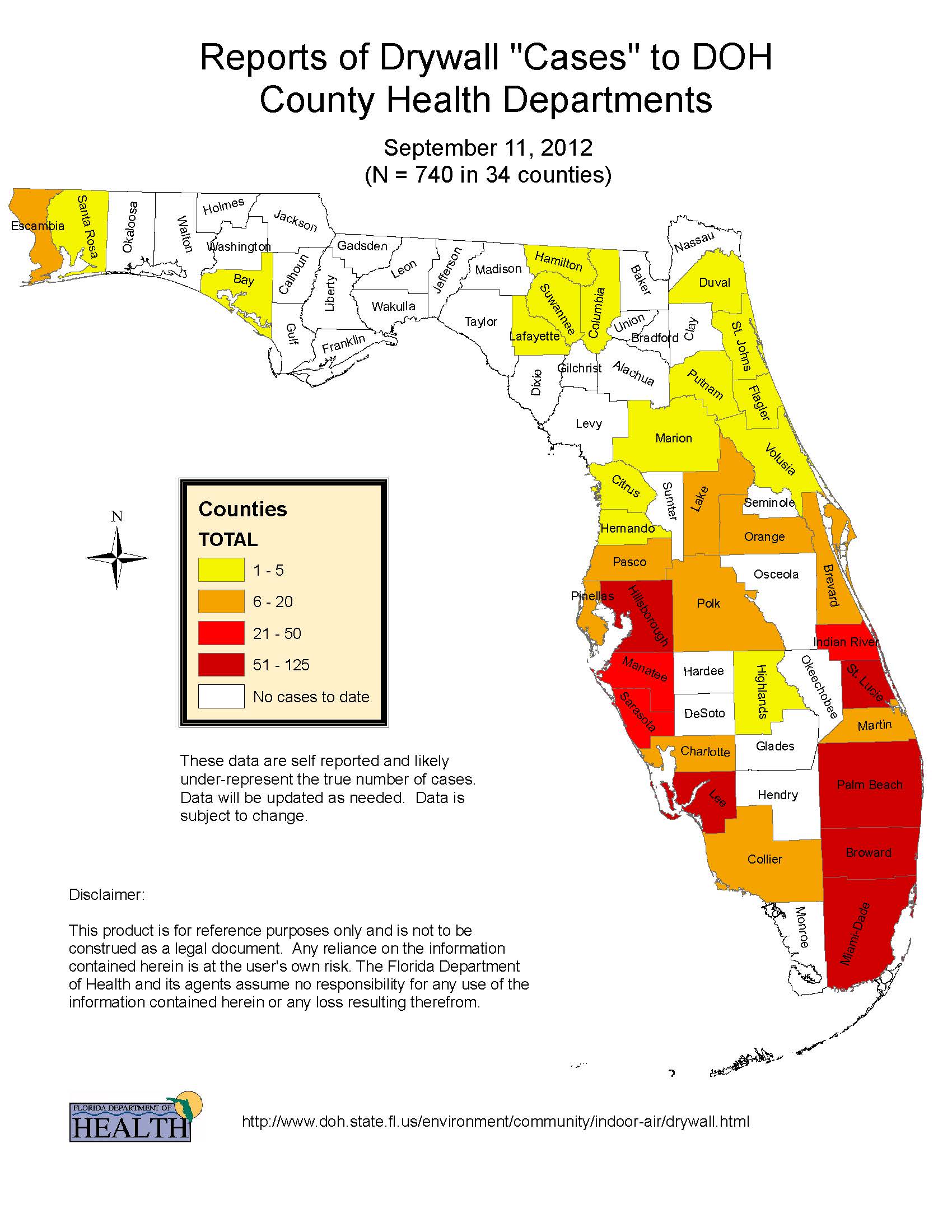What is Chinese Drywall?
"Chinese drywall" refers to an environmental health issue involving defective drywall manufactured in China, imported to the United States and used in residential construction between 2001 and 2009 — affecting "an estimated 100,000 homes in more than 20 states."
In samples of contaminated drywall, laboratory tests will detect off-gassing of volatile chemicals and sulfurous gases — including carbon disulfide, carbonyl sulfide, and hydrogen sulfide. The emissions worsen as temperature and humidity rise, will give off a sulfuric (rotten egg) odor and will cause copper surfaces to turn black and powdery, a chemical process indicative of a hydrogen sulfide reaction and an early indication of contaminated drywall. Copper pipes, electrical wiring, and air conditioner coils are affected, as well as silver jewelry.
Background
Drywall from China was imported into the U.S. to address the shortage of construction materials created by the 2004 and 2005 hurricane seasons and the national demand for new home construction. Beginning about 2008, people living in homes built between 2001 and 2008 began reporting health issues. People also reported corrosion of certain metal components in their homes. The U.S. Consumer Product Safety Commission (CPSC), the lead federal agency for problem drywall, began investigating the problem in 2009 with ATSDR and other agencies. In 2011, The Agency for Toxic Substances and Disease Registry (ATSDR) and CPSC agreed that more could be done to estimate exposures to sulfur compounds emitted from problem drywall and identify possible health risks from those exposures.

Why Choose Preemptive Strike?
Our Chinese Drywall investigation methodology adheres to industry guidelines.


